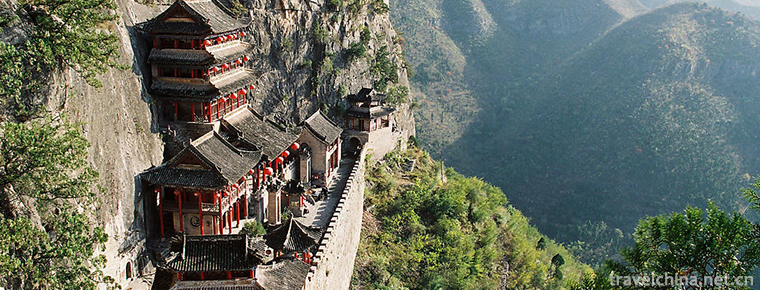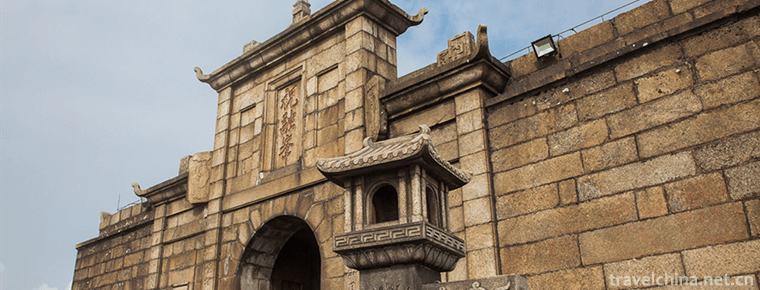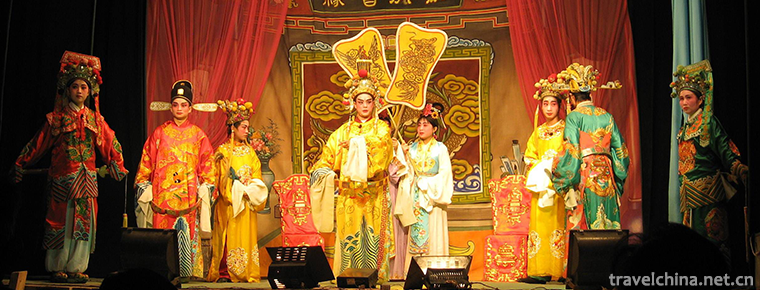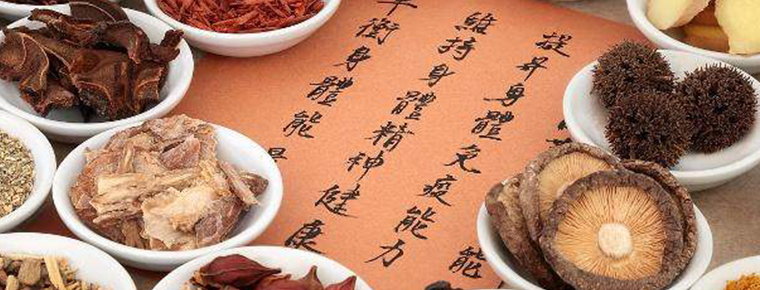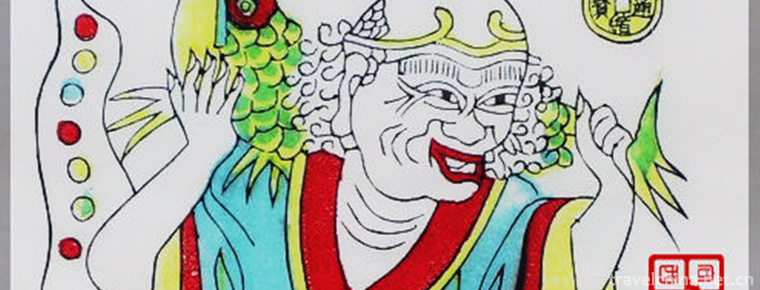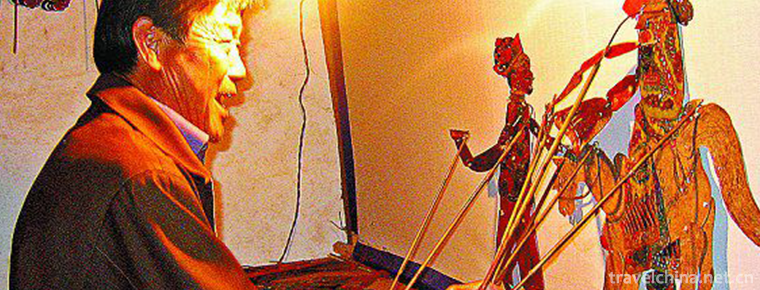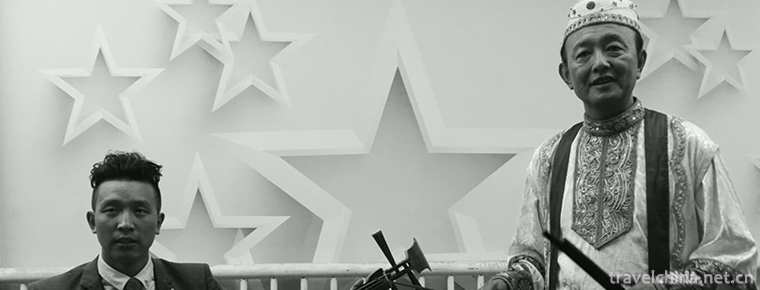the Gubeikou Great Wall
the Gubeikou Great Wall
The ancient Beikou Great Wall is the most complete Great Wall system in the history of China's Great Wall. It consists of the Great Wall of the Northern Qi Dynasty and the Great Wall of the Ming Dynasty, including Wohu Mountain, Panlong Mountain, Jinshan Mountain and Simatai. Gubeikou is the Great Wall fortress between Shanhaiguan Pass and Juyongguan Pass. It is the throat of Liaodong Plain and Inner Mongolia to the Central Plains. It has always been a place for military strategists to contend for. Especially in the Five Dynasties of Liao, Jin, Yuan, Ming and Qing Dynasties, the battle for Gubeikou has never stopped, so the role of the Great Wall has become particularly important.
Gubeikou Great Wall is located in the southeast of Gubeikou Town, Miyun District, Beijing. It consists of Wohu Mountain Great Wall, Panlong Mountain Great Wall, Jinshanling Great Wall and Simatai Great Wall. In the six years of Tianbao in Northern Qi Dynasty (555), a Great Wall of more than 1,500 kilometers was built from the Xihe River (now Yulin River in Shaanxi Province) to Shanhaiguan Customs. Among them, Gubeikou is the key fortification point. In the Jin and Yuan dynasties, this crossing was built up. In the 11th year of Hongwu Ming Dynasty (1378), additional closure facilities such as Guancheng, Xiaoguankou and beacon tower were built, and two more gates were built. One was located at the gate of the Great Wall, called "Tiemen Gate", which allows only one ride through; the other was located on the Chaohe River, called "Shuimen Gate", and the site was preserved. In the first year of Longqing (1567), Qi Jiguang and Tan Lun began to rebuild the Great Wall from Shanhaiguan to Juyongguan (see Juyongguan and Yuntai), and the Great Wall of Gubeikou was built. Wangjing Tower is the highest point of the Great Wall at 986 meters above sea level.
In 1933, the Anti-Japanese War in Gubeikou took place here. More than 360 dead soldiers were buried together at the foot of the Great Wall of Gubeikou to build the tomb of the dead soldiers in Gubeikou.
The whole ancient Beikou Great Wall has not been repaired in modern times. It has a sense of vicissitudes of life. The broken walls and bullet-eyeballs make people feel as if they were in the era of fierce war. In the sunset, people cry.
Surrounding the Great Wall
The Great Wall of Wohu Mountain. Located in Hexi Village, Gubeikou Town, Miyun District, with an elevation of 665.2 meters. It was built in Hongwu, Ming Dynasty. The wall is 13.6 kilometers long and has more than 20 enemy buildings. (2) Panlong Mountain Great Wall. Located between Simatai Great Wall and Wohushan Great Wall. It is 5,000 meters long and has 19 enemy buildings. General Building and 24-eye Building are the essence of architecture. General Building is located in the commanding position of Panlong Mountain. It is square and 10.1 meters wide. There are four arrow windows in the north and south of the building. There are three arrow windows in the east, three in the south, one in the east, one in the south, one in the West and one in the north. Each floor has three arrow windows, a total of 24 holes. But the 24-eye building has been blown up half by Japan and is incomplete.
The total area of the town is 84.71 square kilometers. There are Wangou Jiazi Peak and Wohu Mountain, with elevations of 124.6 and 665 meters. Geomorphology belongs to the shallow hilly area of Yanshan residual vein. The Chaohe River enters the country from the northern crossing, flows around Yinshan Mountain and runs through the whole territory. Along the two banks of the river, some rivers have alluviated and developed into flat land. Xiaohai River enters from the northeast of Tanghe Village in the east, crosses the central part of the town, and flows into Chaohe River in the south of Beidianzi Village. The administrative district consists of 9 administrative villages and 40 natural villages, which are inhabited by the Han, Manchu and Hui nationalities. There are 2796 households, 8286 population and 4676 labor force, of which the Han nationality accounts for more than 90%. The town has 578 hectares of arable land. The forest area is 3848 hectares, and the water area is 11 hectares. The forest coverage rate is 45%. There is one Simatai Reservoir.
Geographical topography
Located in Gubeikou Town, northeast of Miyun District, about 120 kilometers away from Beijing, covering an area of 84.1 square kilometers. It is located in the shallow hilly area south of Yanshan Mountains, Panlong Mountains and Crouching Tiger Mountains. Chao River flows into Miyun Reservoir from the northern Valley and gorge. Gubeikou is a dangerous terrain. In the middle section of Shanhaiguan and Juyongguan, the mountain is steep and the road is dangerous. It has been a key place for Kyoto since ancient times. In the north of Beijing, the Yanshan Mountains stand on pinnacles and mountains, and the Chaohan River comes to the canyon to open, so it is known as the Northeast Portal of Beijing.
It is adjacent to Xinchengzi Township in the east, Taishitun Township in the south, Kaolin Town in the west, and Luanping County in Hebei Province across the Great Wall in the north. The longitude of the East is 117 degrees 17'30 117 degrees 03'58 and the latitude of the north is 40 degrees 36'38 40 degrees 42'23. It is 55 kilometers away from Miyun County. The Jingtong Railway runs obliquely through the northwest of the town with Gubeikou Station. 101 National Highway (Jingcheng Highway) runs through the whole territory.
Gubeikou is one of the important crossings of the Great Wall. When the Great Wall was built in Hongwu period of Ming Dynasty, Gubeikou Guanjing was first built across the mountains. Its city was built on the top of the hill, rising and falling with the mountain, winding, showing an irregular polygon, which was compared to bird's nest. Tang Shunzhi, a poet of the Ming Dynasty, wrote poems that "all the cities are in the depression of the mountains, and the Crown Hill of the city is a bird's nest." It's amazing to be here. The sky is high and the bow sounds.
In the north of Gubeikou City, there are Panlong Mountain in the East and Wohu Mountain in the west. The mountains are steep and the cliffs are steep. The two mountains are locked in the tidal river, and only one car can pass along the river bank. In the Jin Dynasty, iron gates were built here, so they were called "iron gates". The Great Wall at Gubeikou was winding, ups and downs, and the enemy buildings were dense and varied in form. The Simatai Great Wall, which is well-known both at home and abroad, is one of the sections of the Great Wall at Gubeikou. Its surprise, danger, peculiarity and peculiarity are praised by Professor Luo Zhewen, an expert on the Great Wall, as the greatest part of the Great Wall.
Main attractions
Gubeikou, located in the northeast of Miyun District, Beijing, is 100 kilometers away from Beijing. It is a must for military strategists of all dynasties. From ancient times till now, it has been the throat of the mainland to the Songliao Plain and Inner Mongolia, known as "the key of the Beijing Normal University". It is one of the most important gates of the Great Wall and one of the throat fortresses of the Great Wall. Since ancient times, Gubeikou has been praised as "the retrospective trend of grasping the throat, the key pillow of the skylight town" because of its two peaks of Panlong Mountain and Wohu Mountain, the Chaohe River and Tanghe River crossing the town. "There are 143 enemy platforms, 14 beacon towers, 16 gates, 3 Shuiguan Great Wall, 6 Guancheng and 3 Wengcheng in Gubeikou Great Wall with a total length of more than 40 kilometers. Among them, the famous ones are Laohua Tower of the Great Wall of the Northern Qi Dynasty, Wangjing Tower, Sister Tower, Fairy Girl Tower, General Tower and Shuiguan Heritage Site of the Great Wall of Gubeikou. Near the Great Wall at Gubeikou, there are also three wells, imperial sealing wells, Simatai Tianchi, Yang Linggong Temple, Yao Wang Temple, and the Temple of Wealth and other scenic spots.
festival activities
Every year on September 14 of the lunar calendar, there will be a lively and grand temple fair of Yao Wang.
Practical information
Open all day
Tickets are 45 yuan.
Suitable for the crowd: everyone
Travel difficulty: slight difficulty
Suitable days: 2 days
Budget: 150 yuan
Suitable time: year round
Traffic information
Arrival mode: Take the car to Luanping and Chengde in Dongzhimen or Xizhimen, under Gubeikou, or take the car to Miyun District directly in Dongzhimen, get off at Miyun Bus Station and replace it with the bus to Gubeikou. In addition, you can also take the L677/8 special train, departing from Beijing at 07:36 a.m. and arriving at Gubeikou at 11:03 noon. Self-driving can start from Beijing, leave the Siyuan Bridge, go along Jingshun Road to Kuliushu Huandao, take the direction of Miyun, pass Niulanshan Huandao, go straight along 101 National Road, through Miyun District and Taishitun, you can reach Gubeikou Town.
Economic development
In 1999, the gross domestic product was 33.71 million yuan, the gross industrial and agricultural output value was 34.161 million yuan, and the per capita labor income in rural areas was 2,870 yuan. The sown area of grain is 7705 mu, with a total output of 2092 tons. The main crops are wheat, maize and miscellaneous grains. The total area of fruit trees is 4593 mu. The main species are apples and chestnuts. There are 549 large livestock in the stockpile. The special products are bees and wild vegetables, which produce 7.5 tons of honey and 5 tons of wild vegetables.
Gubeikou Town takes clothing, textile, rubber and light industry manufacturing as its leading industries, with the ultimate aim of stabilizing economy, strengthening industry and vigorously developing tertiary industry. To vigorously develop tourism, Simatai Great Wall, Linggong Temple and other natural and cultural scenic spots in the town have been opened one after another, making the old town of Bianzhai take on a new look.







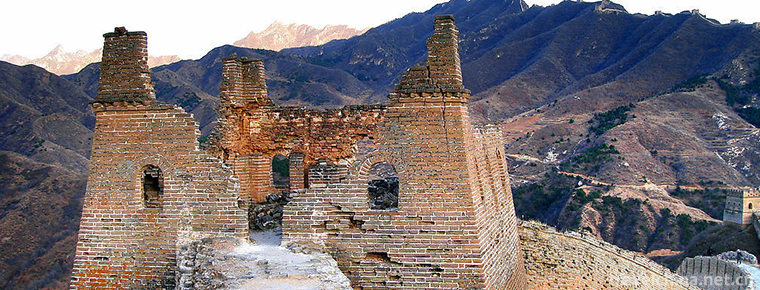
-
Wa Palace Scenic Area Handan City
Wa Palace, located in Zhonghuangshan Mountain, Shexian County, Handan City, Hebei Province, covers an area of 5 square kilometers..
Views: 239 Time 2018-11-24 -
Hengshan Scenic Area
Hengshan Scenic Area, located in Nanyue District of Hengyang City, is a holy place of Quanzhen sect, the mainstream Taoist religion, with an elevation of 1300.2 meters. Because the climate conditions .
Views: 144 Time 2019-01-16 -
baizi opera
Baizi Opera, a local traditional drama in Haifeng County, Shanwei City, Guangdong Province, is one of the national intangible cultural heritage. Baizi opera is a local opera sung in Haifeng and Lufen.
Views: 169 Time 2019-04-03 -
Traditional Chinese Medicine Culture
Traditional Chinese medicine (TCM) is the oldest and most complete medical system in the world. It is not only a method of treating diseases, but also a complete philosophy of the universe and life..
Views: 135 Time 2019-04-22 -
Fengxiang Wood Engraving New Year Picture
Woodblock New Year Painting is a traditional folk art form with a long history in China. Fengxiang Woodblock New Year Painting is a major school of Chinese traditional folk New Year Painting..
Views: 212 Time 2019-04-29 -
Shadow Show
Shadow play, also known as "shadow play" or "lantern shadow play", is a folk drama in which characters are silhouetted from animal hide or cardboard to perform stories. During the .
Views: 104 Time 2019-06-09 -
lion dance
Lion dance, also known as "Lion Dance", "Lion Lantern", "Lion Dance", "Lion Dance", "Lion Dance", is one of the folk dances of all ethnic groups in Ch.
Views: 80 Time 2019-06-14 -
Production Techniques of Black Copper Walking Silver
The process of making silver from black copper is very complicated. Usually, it has to go through nearly 20 processes, such as refining copper, blanking, pattern carving, silver walking, forming, poli.
Views: 144 Time 2019-06-29 -
virtuous and filial
Xianxiao was born out of Buddhist folklore, and has a deep relationship with Xiliangle music, Dunhuang Bianwen and Hexi Baojuan. The way of inheritance mainly depends on the artistic population. Its c.
Views: 171 Time 2019-07-01 -
Collection value of Chinese embroidery
Mr. Chen, a fan of antique collection, bought a silk embroidery at Fuzhou flea market for more than 10000 yuan 19 years ago, which is worth at least 300000 yuan by 2008. This embroidery, about 1.8 meters long, has a dark red background, with butterfly.
Views: 335 Time 2020-12-12 -
Deyang Deyang transportation
By the end of 2018, the total mileage of Deyang highway was 8345.2 km, including 7861.0 km of grade highway, accounting for 94.2% of total highway mileage; 655.8 km of high-grade highway and 205.5 km of expressway. The railway operating .
Views: 239 Time 2020-12-14 -
Suining Education
By the end of 2019, Suining had 911 schools of all levels and types, with 440000 students and 32000 full-time teachers. Among them, 196 primary schools enrolled 30600 students and 180600 students; 130 junior high schools, 28300 students and 78400 students.
Views: 362 Time 2020-12-16
